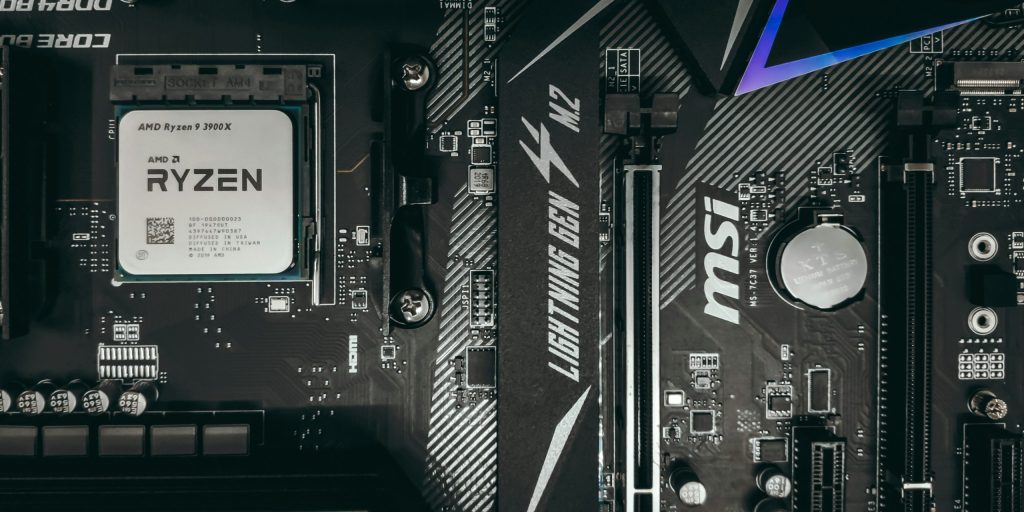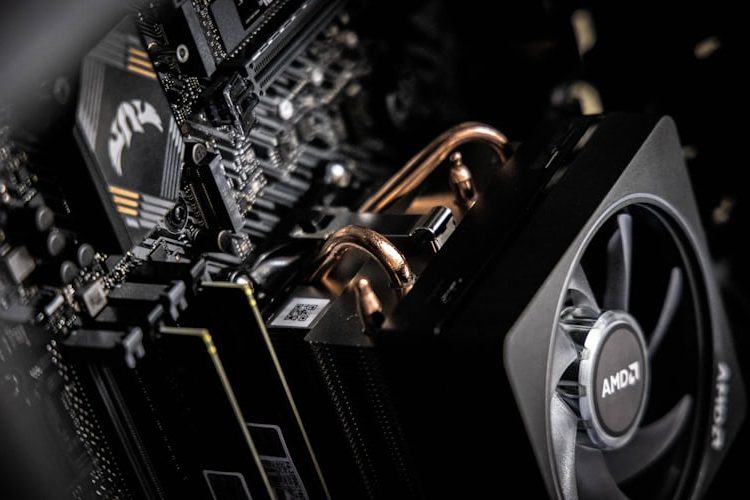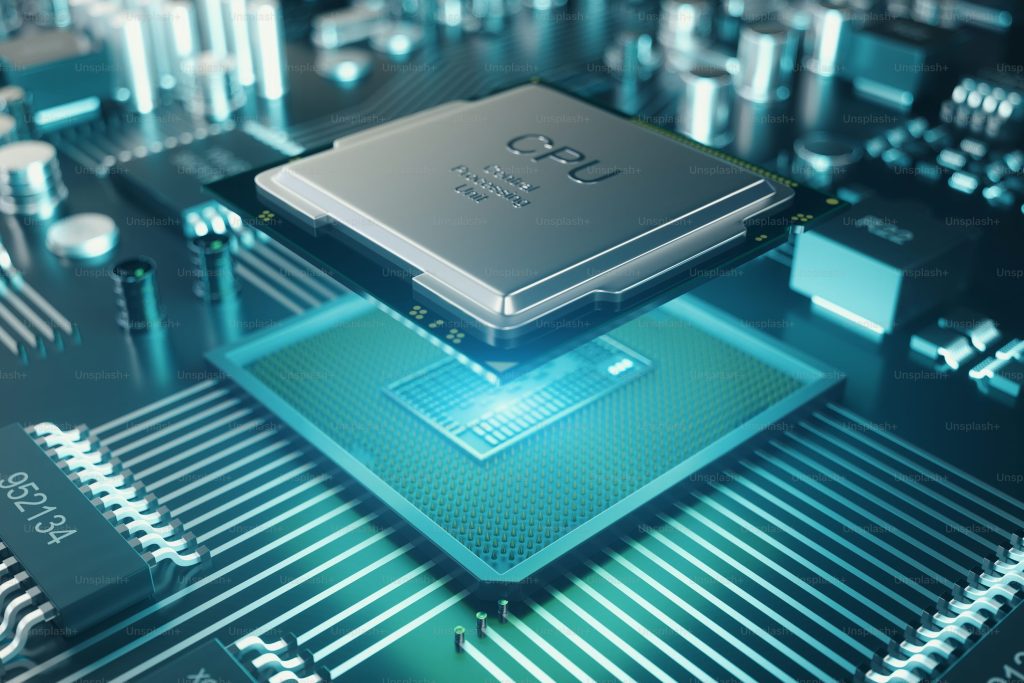How to Find Out What Motherboard I Have
To check your motherboard model without opening your PC, follow these easy steps:
In This Article
On Windows (using Command Prompt):
- Press
Windows + R, typecmd, and press Enter. - In the Command Prompt, type: pgsqlCopyEdit
wmic baseboard get product,Manufacturer,version,serialnumber - Press Enter. You’ll see details like the manufacturer (e.g., ASUS, MSI) and model number (e.g., B450M-A).
Using System Information:
- Press
Windows + R, typemsinfo32, and hit Enter. - In the System Summary, look for “BaseBoard Manufacturer” and “BaseBoard Product”. These show your motherboard info.
With Third-Party Tools (Optional):
Apps like CPU-Z, Speccy, or HWInfo can show detailed motherboard specs.
Why Knowing Your Motherboard Matters: Essential Insights
Why bother figuring out “how to find out what motherboard I have” anyway? Well, it’s not just for tech geeks. It’s practical. Understanding your motherboard helps you:
- Upgrade Smartly: Ensures new components are compatible.
- Troubleshoot Issues: Helps pinpoint hardware problems.
- Find Drivers: Gets you the right software for optimal performance.
- Stay Informed: Gives you a better understanding of your PC.
Basically, it’s like knowing the blueprint of your computer. Let’s get started and know how to find out what motherboard I have?
Powerful Windows Methods: Discover Your Motherboard Now!
Windows users, you’re in luck! There are several effective ways to find your motherboard information.

how to find out what motherboard I have?
Method 1: Using Command Prompt (The Insider Trick)
This is a classic, proven method.
- Press Windows Key + R.
- Type “cmd” and hit Enter.
- In the Command Prompt, type:
wmic baseboard get product,Manufacturer,versionand press Enter. - You’ll see your motherboard’s manufacturer, product (model), and version.
It’s quick, and it’s accurate. This method is a game-changer if you love using command line tools.
Method 2: Using System Information (The Must-Read Approach)
This is a user-friendly, built-in tool.
- Press Windows Key + R.
- Type “msinfo32” and hit Enter.
- In the System Information window, look for “BaseBoard Manufacturer,” “BaseBoard Product,” and “BaseBoard Version.”
Simple, right? This method is essential for anyone who prefers a graphical interface.
Method 3: Using Third-Party Software (The Expert Choice)
Tools like CPU-Z or Speccy give you detailed hardware information.
- Download and install CPU-Z or Speccy.
- Run the software.
- Look for the “Motherboard” tab.
These tools provide a wealth of information, making them a breakthrough for detailed analysis.

how to find out what motherboard I have?
macOS: Unveiling Your Motherboard (Unbelievable Simplicity!)
macOS doesn’t directly display motherboard details like Windows does. However, you can get some crucial information.
Method 1: System Report (The Actionable Step)
- Click the Apple logo in the top-left corner.
- Select “About This Mac.”
- Click “System Report…”
- Look under “Hardware.”
While it won’t give you the exact motherboard model, you’ll find the model identifier, which can help you find compatible upgrades.
Method 2: Using Terminal (The Revolutionary Technique)
For those comfortable with the command line:
- Open Terminal (Applications > Utilities > Terminal).
- Type:
system_profiler SPHardwareDataTypeand press Enter.
This provides hardware details, including the model identifier.
Linux: Finding Your Motherboard (High-Converting Methods!)
Linux users have powerful command-line tools at their disposal.
Method 1: Using dmidecode (The Powerful Command)
This is a widely used tool.
- Open a terminal.
- Type:
sudo dmidecode -t baseboardand press Enter. - Enter your password.
This command displays detailed motherboard information.
Method 2: Using lshw (The Detailed Approach)
This tool provides comprehensive hardware details.
- Open a terminal.
- Type:
sudo lshw -class motherboardand press Enter. - Enter your password.
This command gives you a complete overview of your motherboard.
Method 3: Using /proc/cpuinfo (The Secret File)
While not direct, this file can give clues.
- Open a terminal.
- Type:
cat /proc/cpuinfoand press Enter.
This file shows CPU details, which can help you narrow down your motherboard model.
Why Accuracy Matters: Avoiding Common Pitfalls
When trying to figure out “how to find out what motherboard I have,” accuracy is key.
- Double-Check Information: Use multiple methods to verify results.
- Be Specific: Note down the exact model and version.
- Use Reliable Sources: Stick to trusted software and official documentation.
By being thorough, you’ll avoid compatibility issues and make informed decisions.

how to find out what motherboard I have?
FAQ: Answering Your Burning Questions
Q: Why can’t I find my motherboard model in Device Manager?
A: Device Manager primarily lists drivers and connected devices, not detailed motherboard specifications.
Q: Can I find my motherboard model in the BIOS/UEFI?
A: Yes, some BIOS/UEFI interfaces display motherboard information, but it varies by manufacturer.
Q: Is it safe to use third-party software to find my motherboard details?
A: Yes, reputable software like CPU-Z and Speccy are safe and reliable.
Q: What if I can’t find my motherboard model using these methods?
A: Check your motherboard’s documentation or contact the manufacturer’s support.
Q: How do I know if a new component is compatible with my motherboard?
A: Check the motherboard’s specifications and the component’s compatibility requirements.
Q: Can I find my motherboard model if my computer won’t turn on?
A: If your computer won’t power on, you’ll need to physically inspect the motherboard for markings or consult the computer’s documentation.
Q: Does every motherboard have a unique model number?
A: Yes, every motherboard has a unique model number that identifies its specifications and features.
Q: Why do I need my motherboard model to update drivers?
A: Specific drivers are designed for specific motherboard models to ensure proper functionality and performance.
Q: How often should I check my motherboard information?
A: You should check your motherboard information whenever you plan to upgrade hardware or troubleshoot hardware issues.
Q: Can I use these methods on a virtual machine?
A: Yes, most of these methods will work within a virtual machine, but the information may reflect the virtual hardware, not your physical hardware.


This Post Has 2 Comments
Pingback: Is Intel Core i5 Good for Gaming? Unveiling the Powerful Truth - Digitallguide
Pingback: How to switch from Intel to AMD? Step-by-Step Guide - Digitallguide